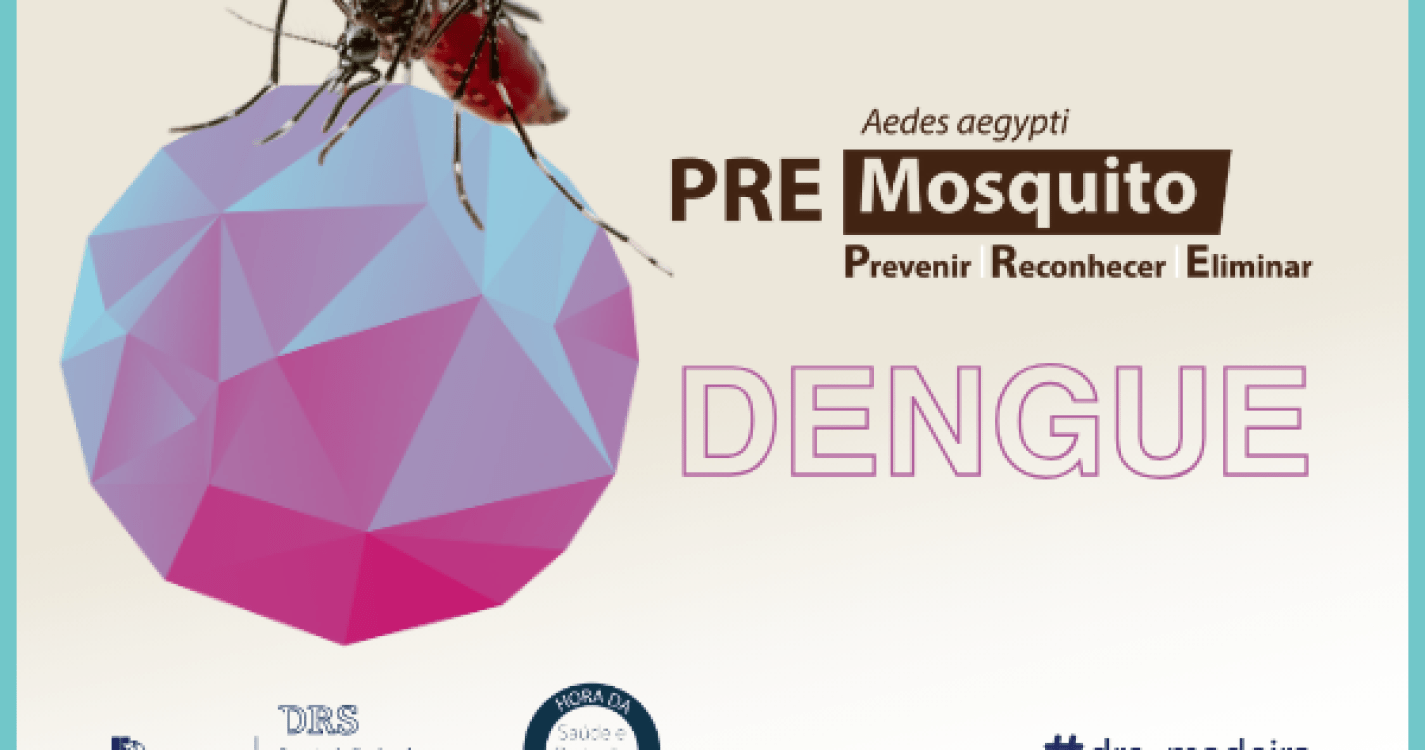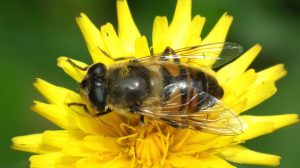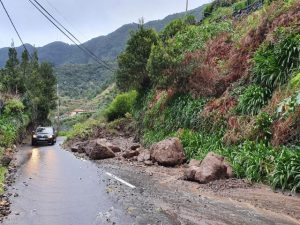Vector surveillance and control “are a priority to prevent diseases such as dengue,” asserts the Regional Directorate of Health, in a statement that warns of the growing number of cases and outbreaks in Europe, namely in France, Italy, and Spain.
According to the DRS, “three cases of dengue have been diagnosed in the Autonomous Region of Madeira since 2022, all imported from countries in South America and Africa.”
“The implementation of strategies for the prevention and control of diseases potentially transmitted by this vector has been a regional priority, following international recommendations, with emphasis on the strengthening of integrated surveillance and the application of prevention and vector control measures. The surveillance system implemented in the region is an integrated system, considering epidemiological surveillance, identification of risk factors, and entomological surveillance,” the DRS said.
There are more than 20 senior technicians of the DRS assigned to surveillance and vector control activities and to the processing and analysis of data using geographic information systems, who work in the various municipalities of the region, with the collaboration of the municipalities, whose resources support and reinforce the work carried out. In addition to the daily sample collections, about 53 entomological bulletins are produced weekly and an average of about 16 prospecting and control actions are carried out, in response to new positivities or increased density.
In addition to the use of 32 mosquito traps (BG-GAT2), the elimination of breeding sites is the basis of vector control in our region and the awareness of our population for the implementation of prevention measures complements the vector control work implemented by DRS.
In the area of communication, the Communication and Health Literacy Support Office develops education and awareness campaigns. Of particular note is the ongoing campaign called PREmosquito: Prevent | Recognise |Delete.
Through this, they advocate the wearing of loose long-sleeved tops and trousers. Using mosquito repellant and closing windows or using fly screens to protect homes from this evil invader.
Make sure that there is no standing water in pots and containers to ensure that the mosquito cannot lay her eggs. This also applies to pet drinking water.
The female is between 0.5 – 1.0 cm and feeds mainly in the morning and at night. She is identifiable by the white bands on her legs.
Samantha Gannon
info at madeira-weekly.com




